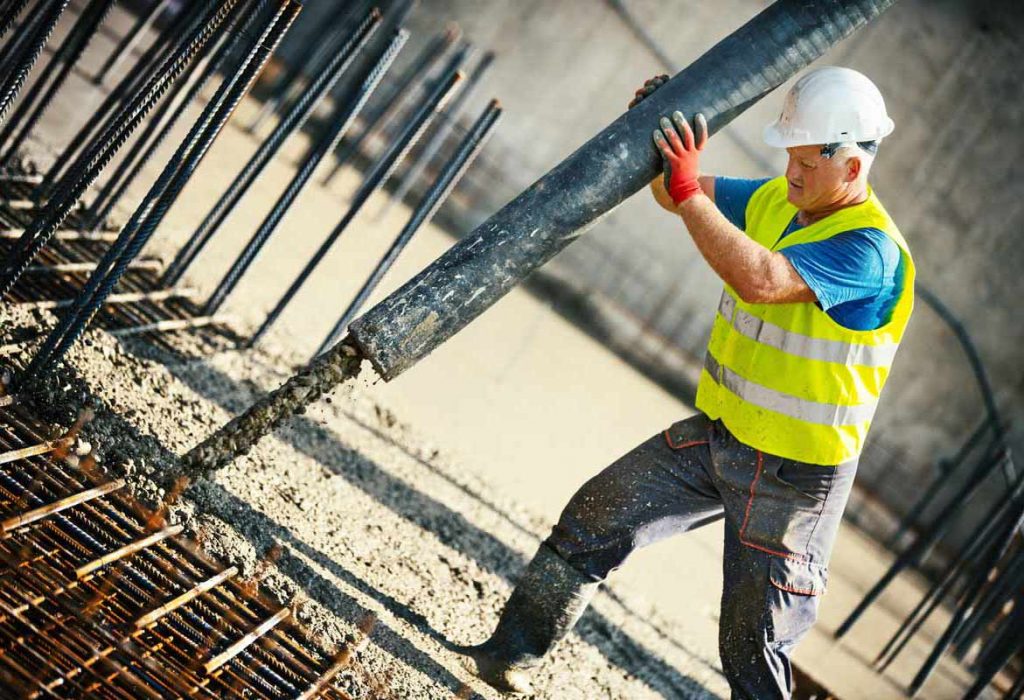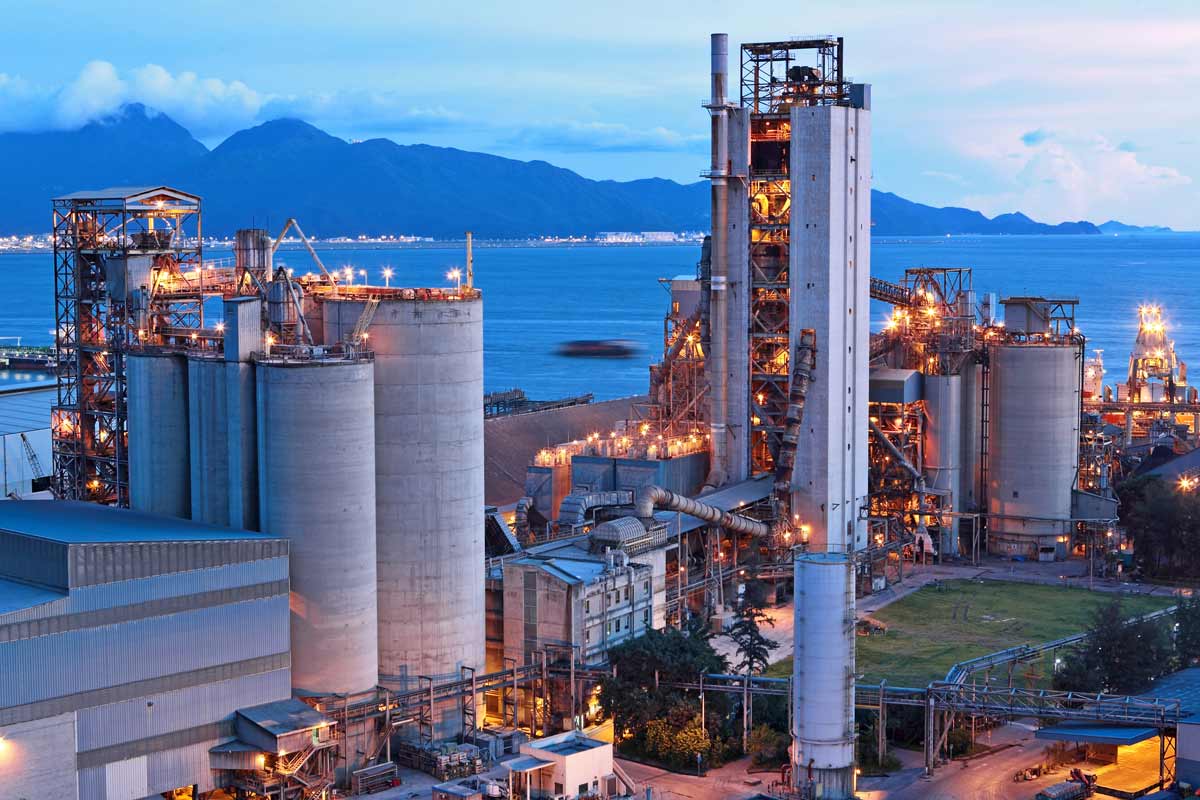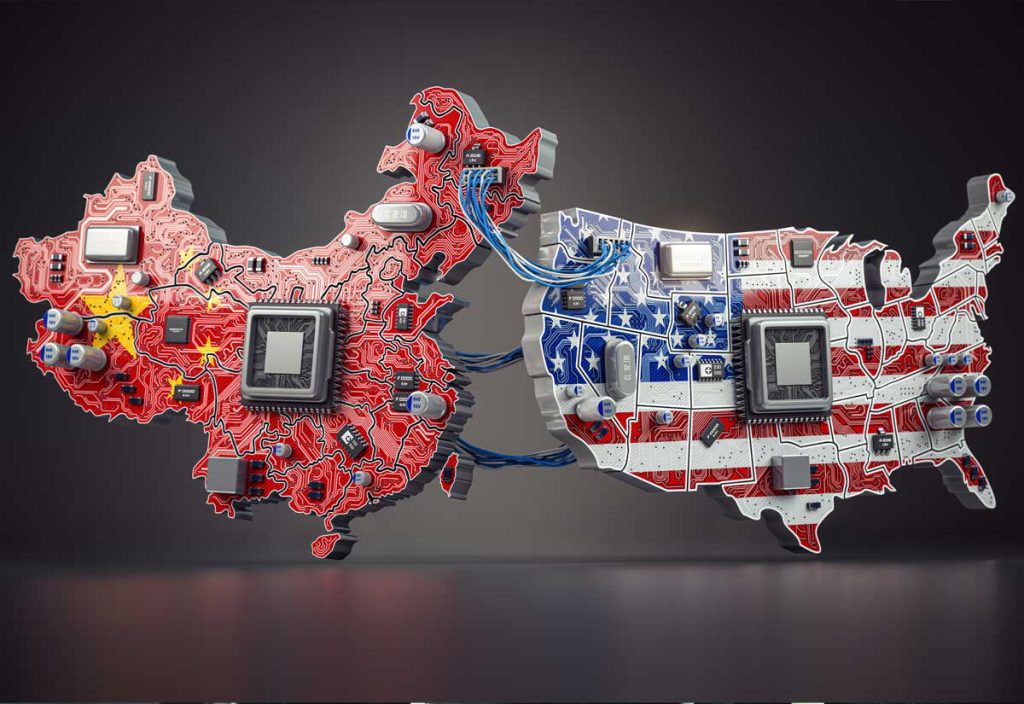Reducing carbon levels is a mandate that isn’t going away anytime soon. Global political pressure for sustainable green construction from the UN has resulted in a doubling in 2020 of the number of companies and local governments committed to “net zero emissions” by the end of this century. Many are aiming to meet an even more ambitious benchmark to establish a net-zero economy by 2040 or 2050.
Whether or not these lofty “net zero” goals are achievable or even practical for impoverished developing countries, concrete and asphalt are two major infrastructure construction materials constantly under fire from the eco-police of the world. But, as it turns out, carbon neutral aggregates actually have operational benefits beyond the questionable advantages of a net-zero economy. For concrete and asphalt enterprises who choose to “go green” it may just be a matter of good business sense, providing superior products, and improving the company’s bottom line.
The Business Benefits of Warm Mix Asphalt (WMA)
It doesn’t take an engineering genius to recognize that lower temperatures require less energy that in turn requires less fuel to produce paving asphalt. As the Federal Highway Administration (FHA) states the case for Warm Mixed Asphalt (WMA);
“Lower temperatures, lower costs, more opportunities.” FHA Center for Accelerating Innovation
Warm mix asphalt users can look forward to other practical business benefits from proven WMA technologies including:
- Reducing overall production costs with temperatures as much as 120 degrees Fahrenheit lower than a typical Hot Mix Asphalt (HMA) product.
- Extending the paving season and practical night paving. Since WMA cools more slowly it can be successfully placed in cooler outside temperatures.
- Improving asphalt compaction with less time and labor required as compared to HMA.
- Warm Mix Asphalt at lower temperatures can be hauled longer distances to reduce transportation costs.
- Improving job site conditions by reducing exposure to fuel emissions, fumes, and odors. The crew’s first reaction is usually surprise and relief that “there’s no smoke”.
- Pave even on days with marginal air quality- Reduced emissions with WMA can reduce “non-attainment” days when HMA operations are typically halted because air quality is bad.
Time Tested WMA Technologies
Warm-mix asphalt has been used successfully in Europe for more than 16 years. In the United States, WMA projects have now been completed in more than 40 States and WMA innovation hasn’t slowed as we move into 2021. Aggregate Industries Inc. is offering a new improved carbon neutral version of their SuperLow range of WMA products. The company cites product benefits including an increased working life, and less time required for resurfacing and repairs with an improved cooling time. Lower temperatures reduce binder aging and that allows road surfaces to resist thermal cracking and last longer. There’s even a SuperThin product for reducing noise pollution.
The Concrete Industry Gets Greener Every Year
At Resource Erectors we’ve maintained a focus on sustainable innovations and the effects they have on the industries that are our primary areas of recruitment expertise, and green concrete is one of those innovations. When it comes to “carbon neutral aggregates” thinking the concrete sector takes a lot of heat, primarily as a result of the kiln heat and fuels required to produce the portland cement for the construction material used more than any other material in the world. But that’s not looking at the entire picture.
Despite the fact that sustainable concrete can last thousands of years, and its superior reflectivity, when used for roads, can reduce temperatures in urban heat bubbles by 7%, while improving heavy truck mileage by up to 20%, concrete is the favorite villain of the net-zero thinkers, with not a few environmental radicals slanderously claiming that the material is “the most destructive material on earth”. Then again those same “sources” also claim that aliens are cloning Bigfoot at Area 51 to take over the world, but nevertheless, it’s time to set the record straight.
“Over the last 40 years, U.S. cement manufacturers have reduced the energy used to produce a metric ton of cement by roughly 40 percent.” Portland Cement Association
Long before global political pressure and high-pressure “net zero” concepts came into vogue, American cement producers had already begun to develop a strong culture of innovation. These are company-driven innovations that make good business sense as well as protecting the environment, and many are truly win/win improvements. Nonetheless, the cement and concrete sectors get little credit, even after achieving recognition for outstanding efforts by the EPA’s Energy Star program.
So here are some green facts about concrete’s under-rated sustainability characteristics as the sector continues to move voluntarily to develop a carbon-neutral concrete industry.
- PCA (Portland Cement Association) will develop a roadmap by the end of 2021 allowing member companies to achieve carbon neutrality across the entire concrete value chain by 2050.
- Alternative fuels, derived from industrial byproducts that would otherwise end up in landfills, already represent more than 15 percent of total cement plant energy consumption in the U.S and alternative fuel usage will continue to increase.
- Using Portland-Limestone Cement (PLC), a blended cement that incorporates between 5% and 15% limestone as an ingredient and lowers its environmental footprint by about 10%.
- Low cost, long life-cycle concrete requires a minimum of raw materials, energy expended (compared to steel or lumber production), and other resources for construction. Concrete requires little to no maintenance throughout its service life.
- Energy savings, durability, longevity, and associated greenhouse gas emission reductions from constructing buildings and infrastructure with concrete more than offset the emissions from cement manufacturing over the entire long lifespan of a concrete structure.
About Resource Erectors
At Resource Erectors we are always proud to highlight positive advancements in sustainable innovation in those essential industries we work in close association with including; aggregates, concrete, mining, minerals processing, construction materials, tunneling, civil construction, engineering, and more. We maintain relationships with the top qualified professionals and we recruit and place the best candidates with the industry-leading companies in those sectors in the US, Canada, and Australia.
If your organization has critical vacancies that are disrupting operations, Resource Erectors can find the best-qualified professionals to fill those essential positions while avoiding the high costs and disruptions of a bad hire. With our 20 years of specialized recruiting experience at matching the best-qualified professionals in the demanding heavy industries we serve, 85% of Resource Erector candidates placed are still contributing to the success of their companies 5 years later so don’t hesitate to contact us today.










